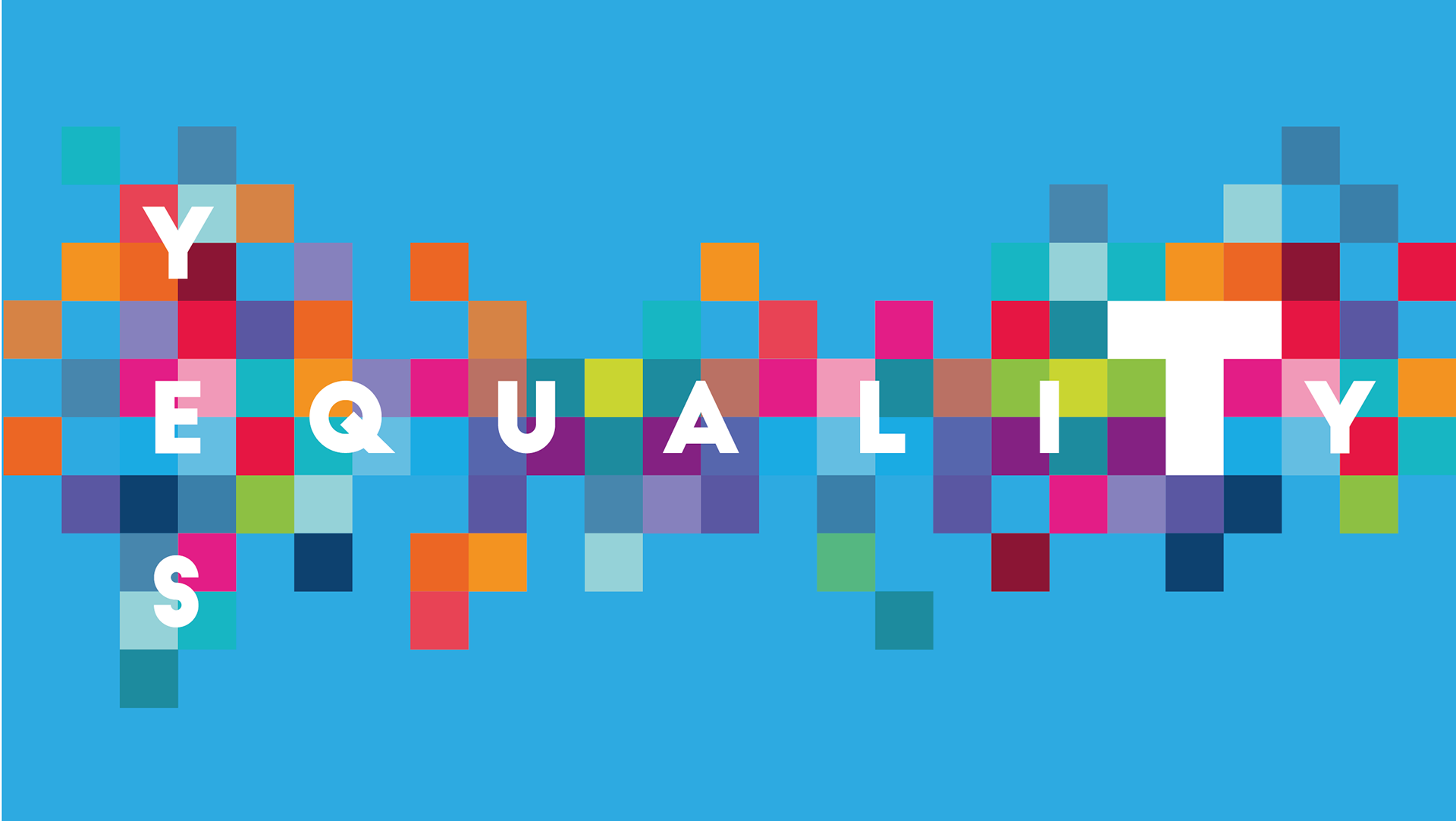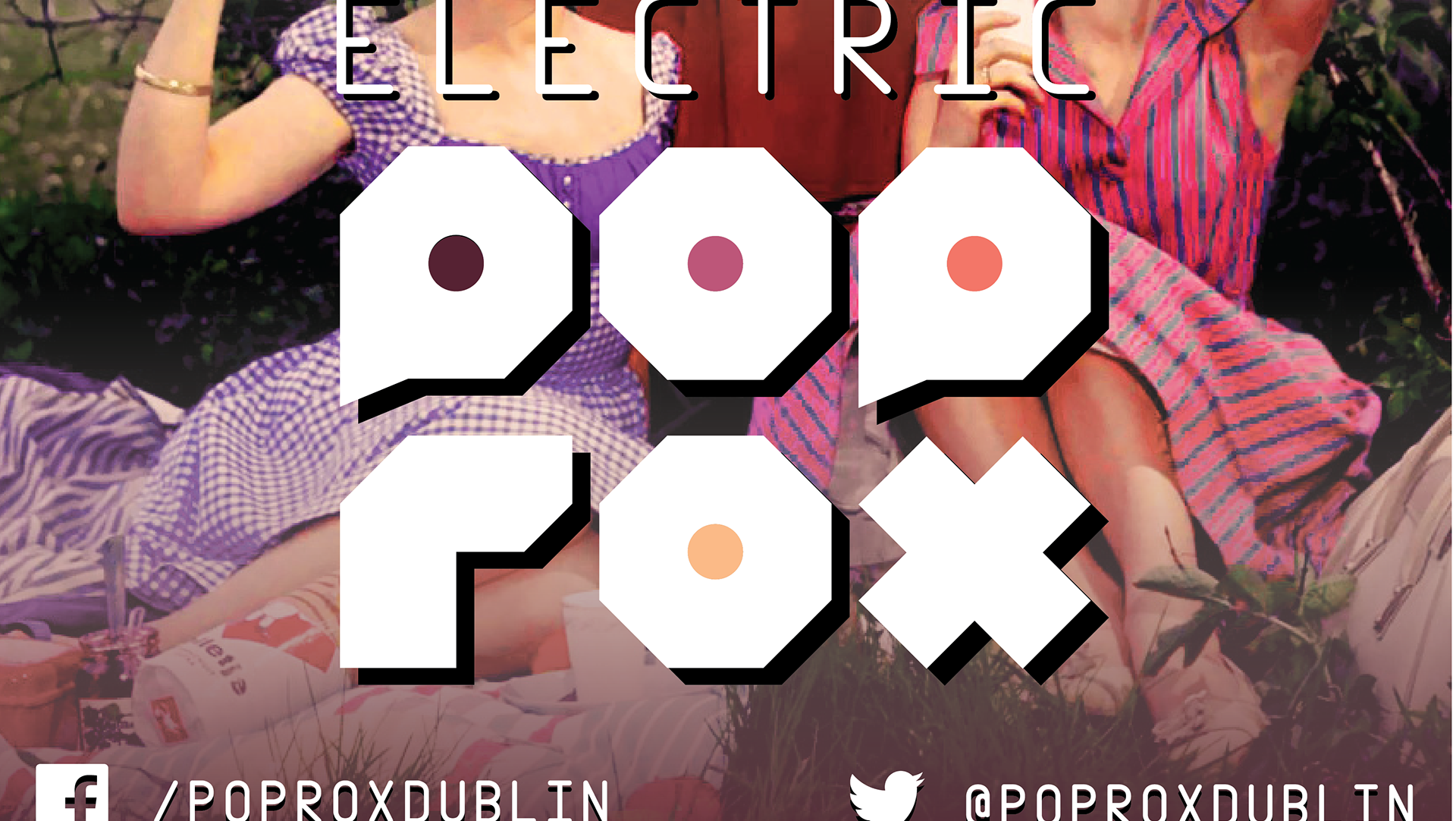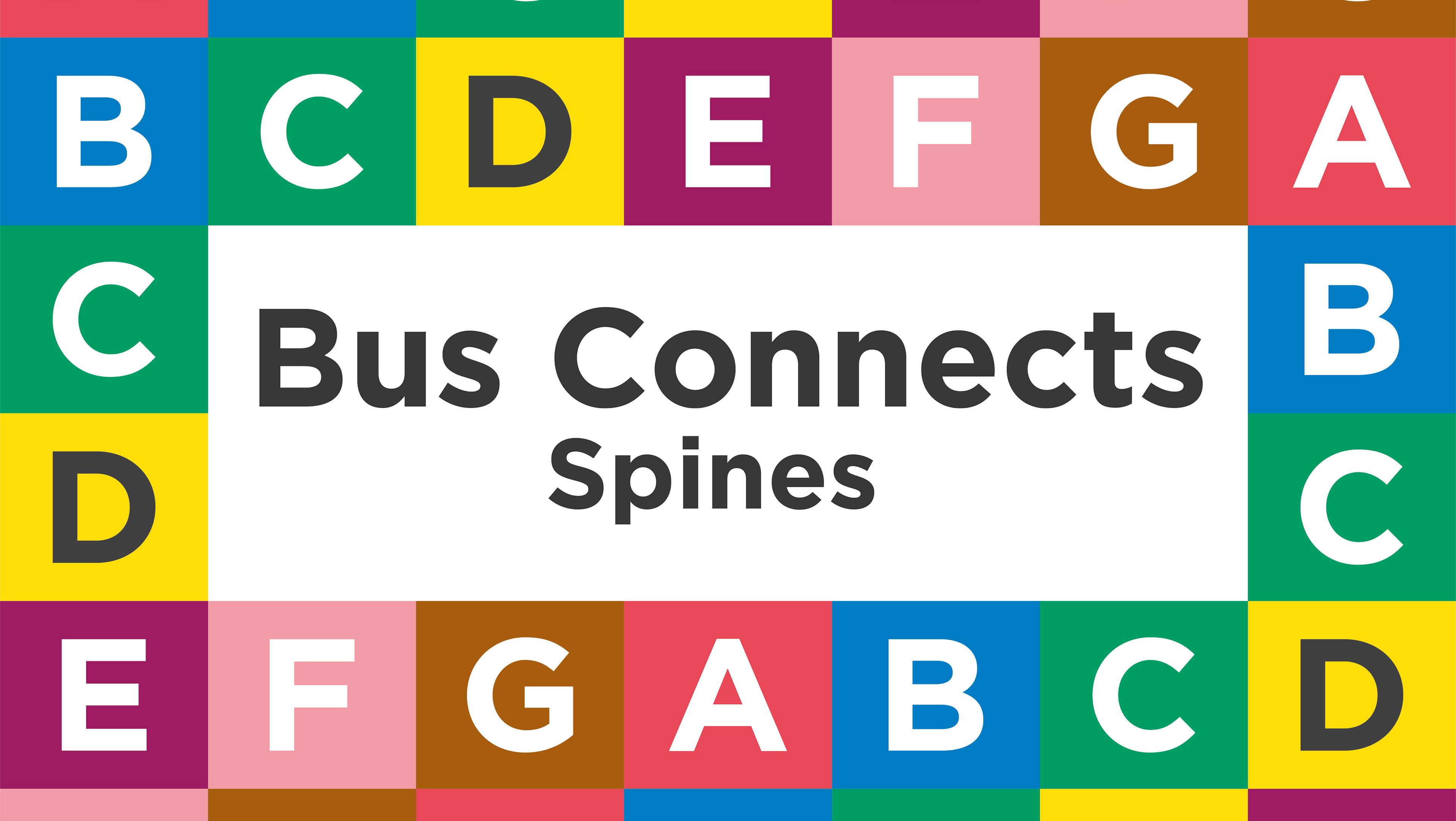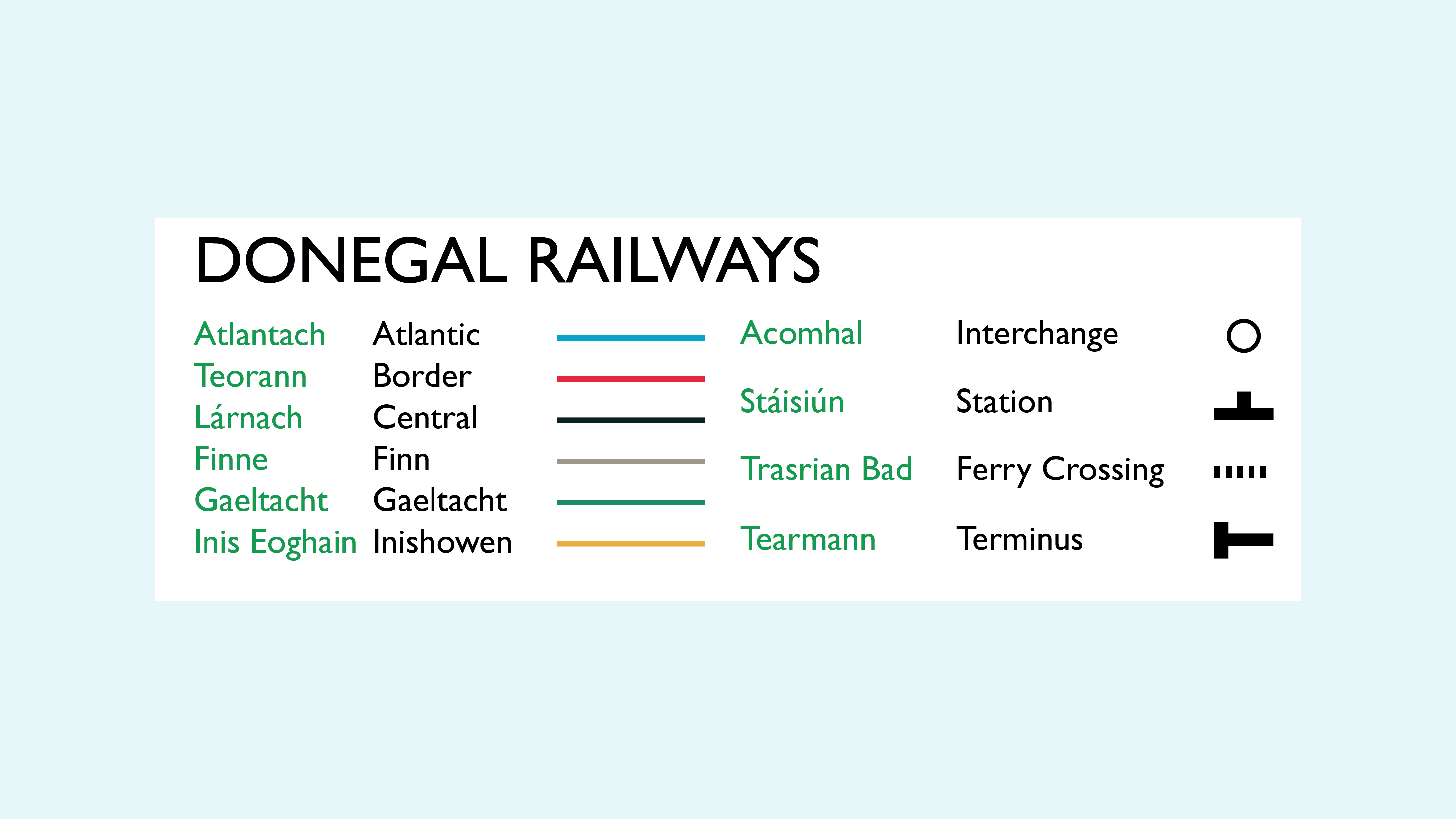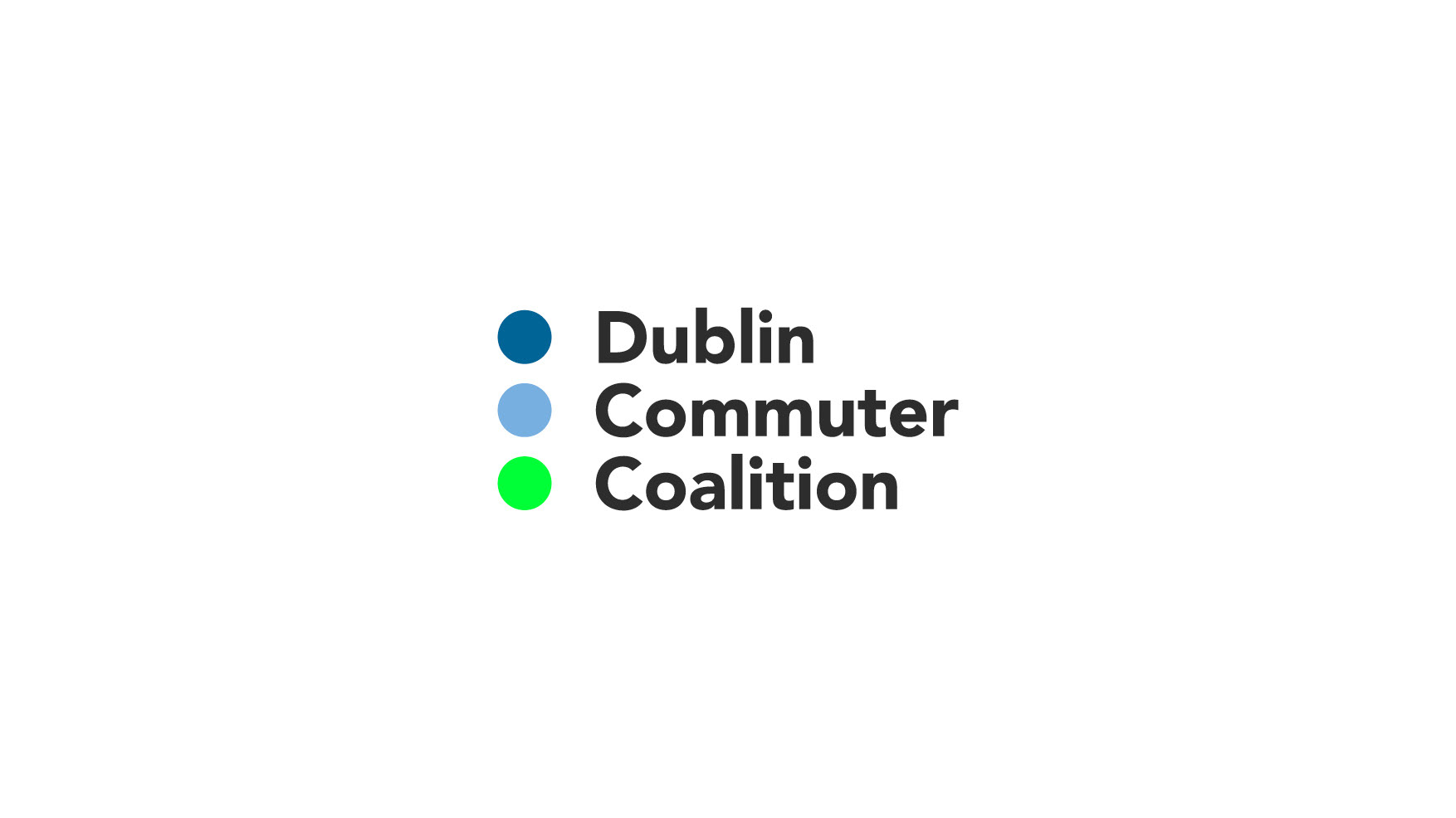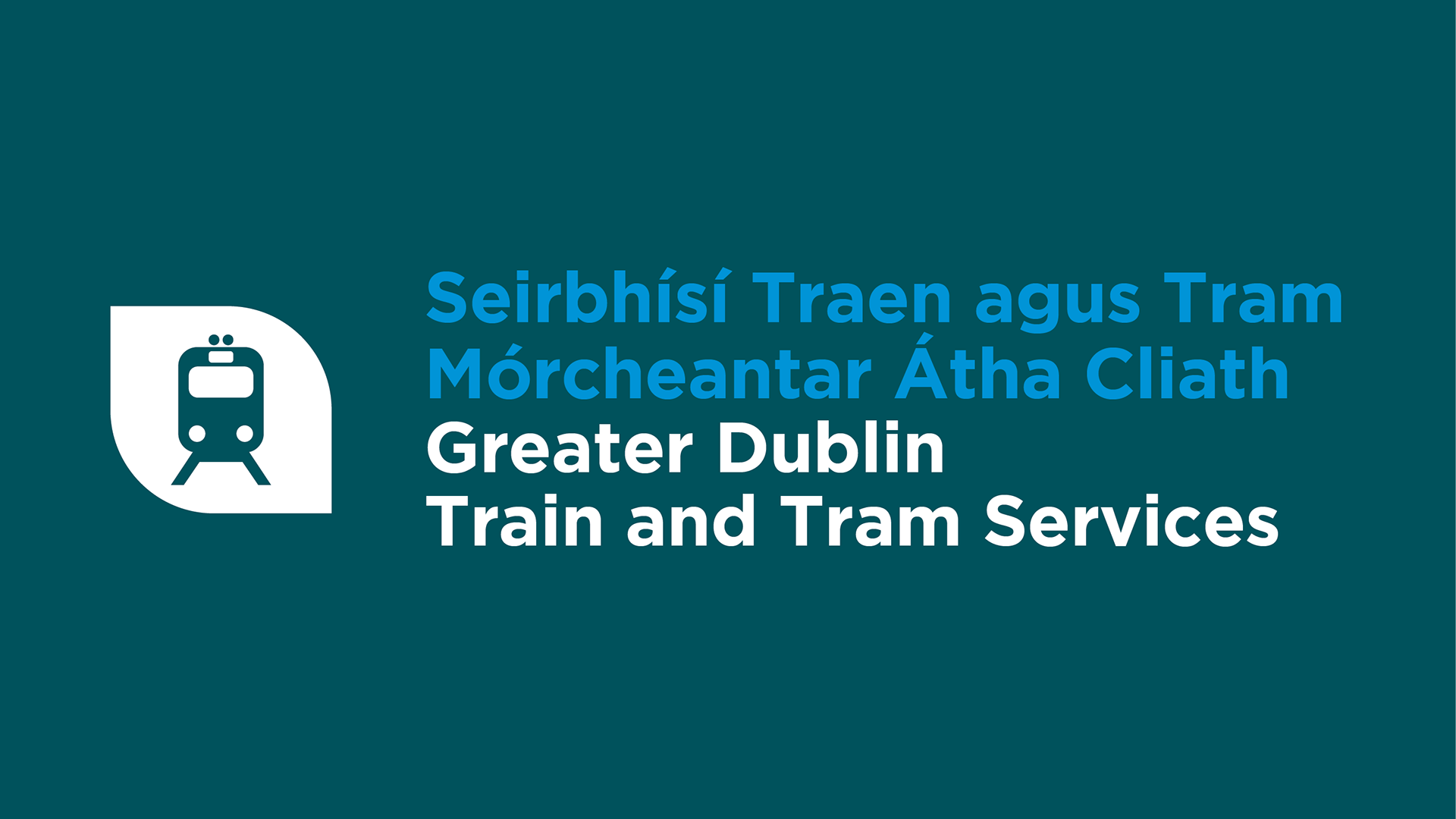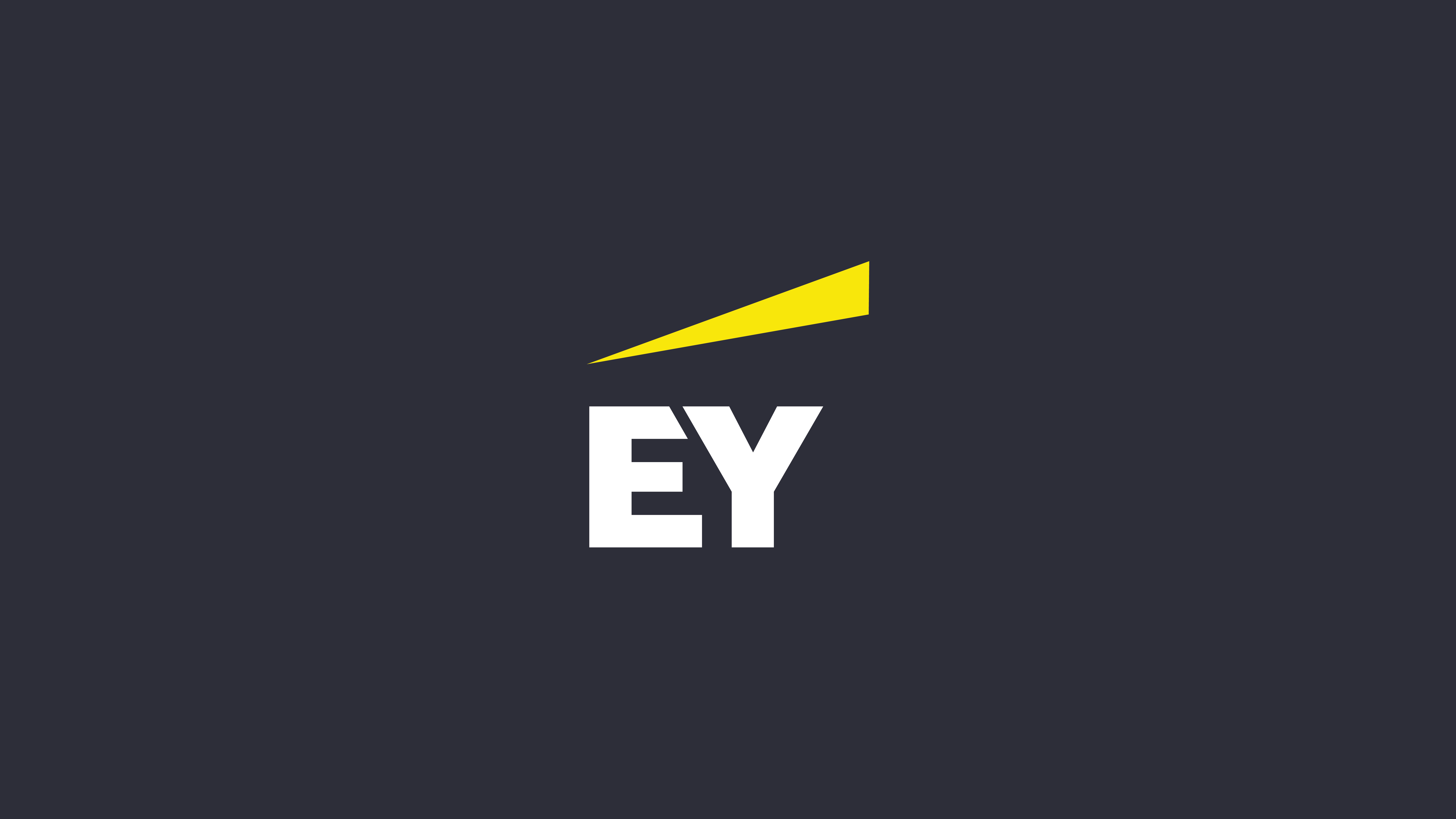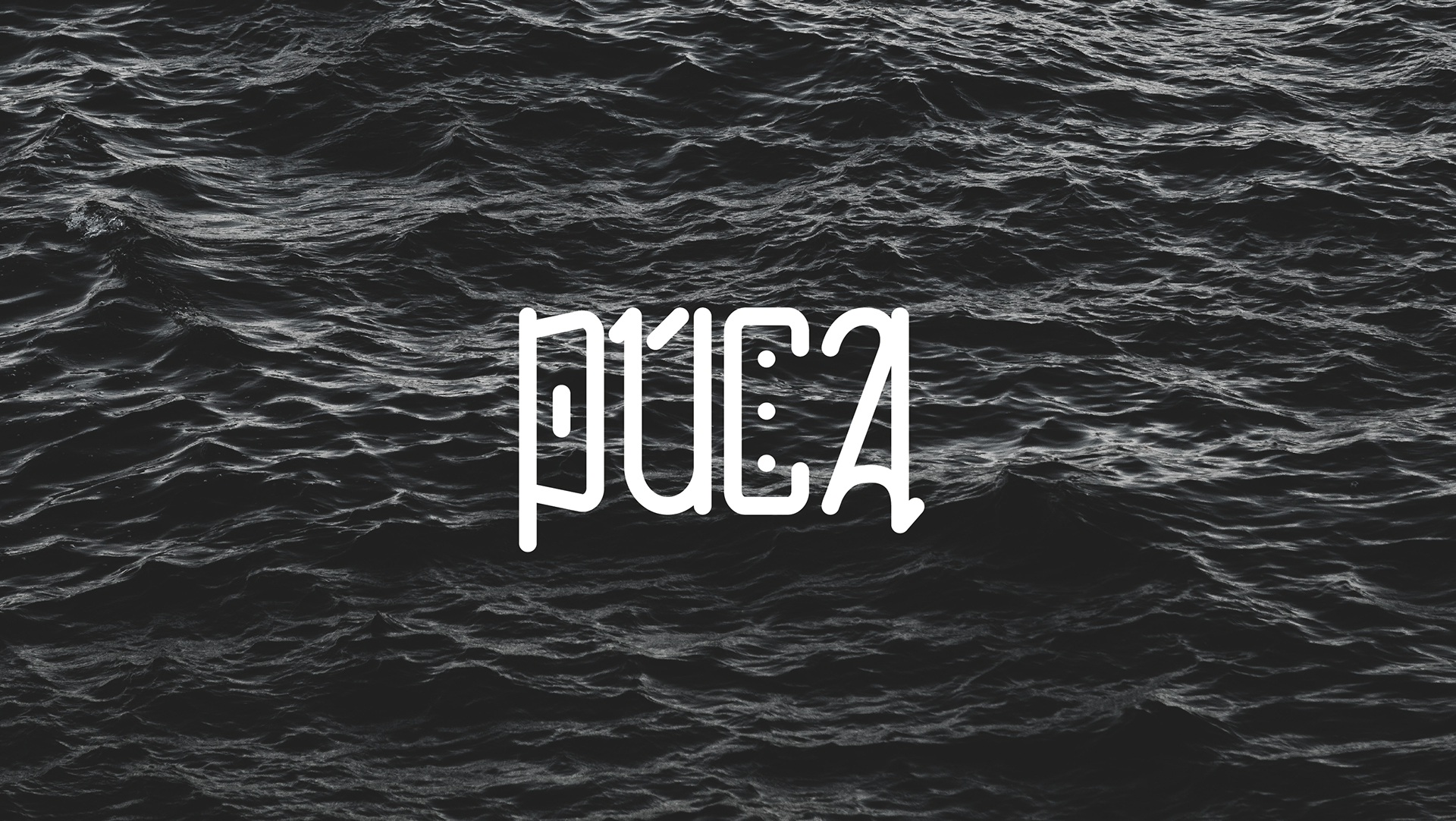ONCE YOU BUS, YOU CAN'T STOP
The current TFI bus stops are designed to be easy to read and integrated into the TFI brand. However, they lack the vibrancy and personality that our public transport system deserves.
Transport for Ireland has a unique opportunity to inject more character into their signage by leveraging their distinctive rounded square logo. The TFI brand is undeniably simple, but this simplicity can sometimes create confusion about what truly belongs to them. A logo tucked away in the corner isn’t enough; we need a cohesive brand identity that resonates with commuters and enhances their experience.
While the new bus stops meet the necessity for a unified public bus service brand, the allure of public transport lies in the joy it can bring. Transport design should be informative, clear, and consistent—but it doesn’t need to sacrifice personality. My goal is to add a touch of delight to the bus experience, encouraging more people to embrace public transport.
To boost brand recognition, Transport for Ireland should consider making greater use of its cloverleaf motif, similar to how Transport for London utilises its iconic Roundel.
KEY DESIGN CONSIDERATIONS
Prominence of Information: One of the first questions users often ask when approaching a stop is, “Is this a bus stop?” That’s why I’ve made sure the word “BUS” takes centre stage. It’s the most important piece of information to establish the stop’s function straight away.
Icon Representation: To improve recognition, I’ve incorporated a double-decker bus icon at stops primarily serviced by these vehicles. It’s a simple yet effective way to signal to users exactly what they’ll be riding, making the experience a bit more intuitive.
Hierarchy of Information: While it’s important to include the name of the bus stop, I don’t think it needs to be as prominent as a train station name would be. People typically don’t need to know the specific name as urgently as they do with other modes of transport, so it shouldn’t dominate the design.
Stop Number Priority: The stop number is critical for users who rely on real-time information. Because of this, I’ve positioned it as close to the user as possible, so it’s easy to spot when checking the display or board.
Bilingual Compliance: To align with the Official Languages Act, I’ve chosen to use “Stad” instead of “Stop.” It’s a simple change that ensures we’re adhering to the guidelines while keeping the design clean and consistent.
Route Number Clarity: In order to maintain readability, I’ve limited the number of route numbers to three per line. It keeps things clear and prevents any overwhelming visual clutter.
Route Variation Distinction: I’ve opted to capitalise route variation letters, like 29A, because uppercase letters are more distinctive. This small change helps make sure there’s no confusion between different variations of the same route.
Operator Information Reassessment: I’d consider removing the operator’s name from the bus stops. For most users, this information doesn’t seem necessary—it doesn’t add much value to their journey and could be seen as unnecessary clutter.
This new design is not just about updating bus stops; it’s about creating a unified identity that can be seamlessly applied across all aspects of the transport network. From bus stops to tram stops, train stations, and even future metro stations, this design creates a cohesive visual language that passengers will instantly recognise, regardless of where they are in the system.
The beauty of this approach is its versatility. The same design principles can be used for bike hire stations, coach stations, and any future transport infrastructure, ensuring a consistent user experience across all modes of public transport. This means that whether you're hopping on a bus, switching to a tram, or renting a bike, the branding and signage will always feel familiar and easy to navigate.
By applying this unified design across every touchpoint, we can create a seamless, interconnected transport system. Passengers will no longer have to figure out which part of the network they’re using—they’ll simply know that it’s part of the same, reliable service. This consistency helps to build trust, making passengers feel more comfortable using different parts of the transport system without having to adjust to new signage or unfamiliar layouts. Ultimately, this cohesive design will create a stronger, more recognisable public transport system, encouraging greater use and helping passengers to feel confident that their journey, no matter the mode, is part of a reliable, well-designed service.

